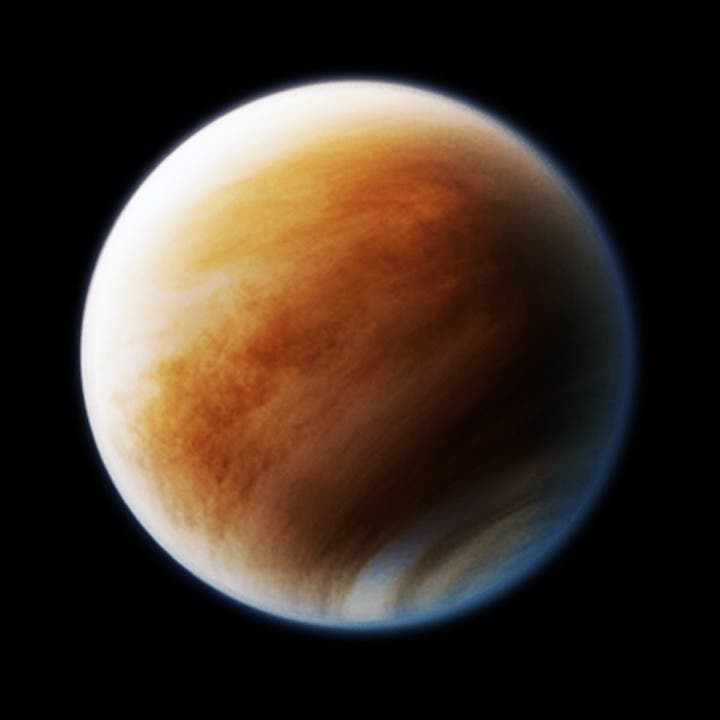NASA’s new administrator, Bill Nelson, has announced that the agency is going back to Venus. Their goal — to understand how Venus turned from a mild Earth-like planet to a boiling, scorching, acid hellscape.

Two new robotic missions will be visiting Venus, according to Bill Nelson’s first major address to employees, on Wednesday. Machines will carry them out for us, as Venus is the hottest planet in the solar system. The goal of both will be to better understand the history of the planet, and how Venus came to be what it is today.
Knowing our neighbors
“These two sister missions both aim to understand how Venus became an inferno-like world capable of melting lead at the surface,” Nelson said.
The two missions will be named DaVinci+ (Deep Atmosphere Venus Investigation of Noble gases, Chemistry, and Imaging) and Veritas (Venus Emissivity, Radio Science, InSAR, Topography, and Spectroscopy). The first will see a ‘small craft’ plunging through Venus’ atmosphere, taking measurements of its physical and chemical properties, while also analyzing the make-up of its clouds. The second will attempt to map out Venus’ surface in a bid to understand its geologic history.
These will be the first missions to Venus that NASA has attempted in over three decades. The last — mission Magellan — reached the planet in 1990.
Both upcoming missions will help us get a better understanding of Venus, from its atmosphere down to the core, NASA scientist Tom Wagner explained.
“It is astounding how little we know about Venus,” he said. “It will be as if we have rediscovered the planet.”
We don’t yet have an exact launch date for these missions, but they’ll both likely take off sometime between 2028 and 2030. Each will receive around $500 million in funding for development (under NASA’s Discovery program). Sadly, although we are going back to Venus, two other proposed missions — to Jupiter’s moon Io and Neptune’s icy moon Triton — didn’t make the cut.









